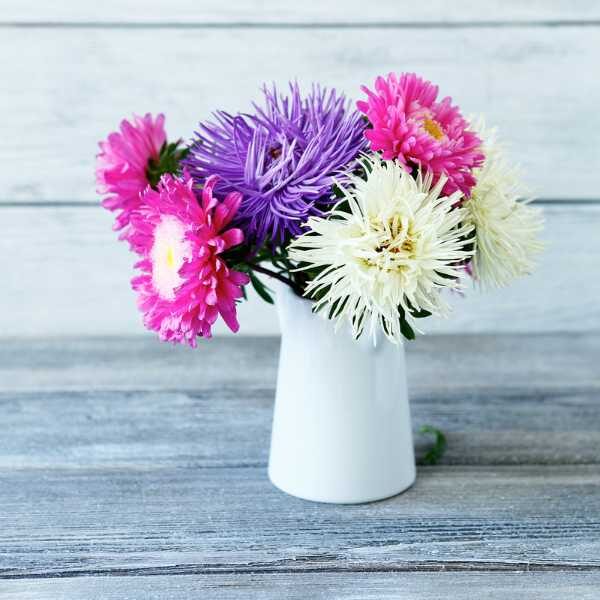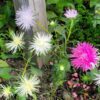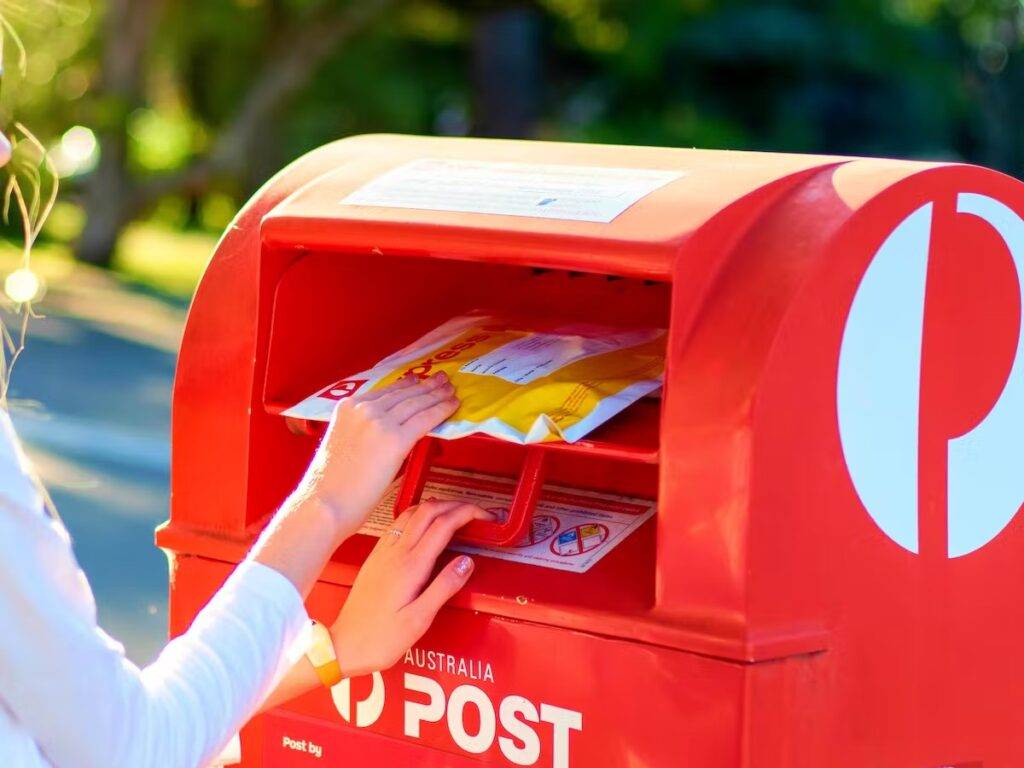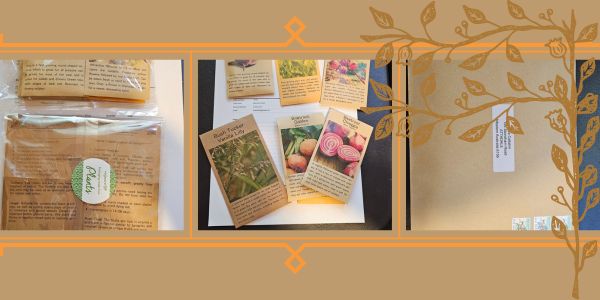Aster Giant Ray
$4.95
Callistephus Chinensis
- Seed Count 250
- Pops of colour
- Annual
- Height 60 cm
In stock
Description
Aster Giant Ray is a bubbly, bright mix of large, daisy-like flowers, spanning up to 8 centimeters across, that burst with finely pointed petals in a cheerful range of cream, pinks and purples. The blooms cluster like confetti atop sturdy stems, their golden-yellow centers maturing to a warm russet as they age. This isn’t a shy or overly refined plant; it’s an old-fashioned garden favourite, the kind your grandparents might have grown with stems robust enough to withstand spring winds or the curious weight of a lorikeet.
What cements the Giant Ray’s place in the garden is its dual-purpose charm. As a cut flower, it’s exceptional with its stems holding their poise in a vase for weeks, making it a staple for bouquets. Whether planted en masse in garden beds or a tucked into large patio pots to brighten a courtyard, these asters adapt without complaint. In a garden dotted with native shrubs or traditional cottage perennials, its blooms harmonize effortlessly, bridging the gap between wild and cultivated.
Ecologically, this aster is a workhorse. The broad, open centers of its blooms are a beacon for bees, butterflies, and other pollinators, offering a reliable pitstop during the leaner days of late summer.
It’s not fussy about soil, thriving in everything from coastal sands to heavier clays, and while it appreciates water during prolonged dry spells, it won’t shrivel at the first sign of heat. The seeds themselves are satisfyingly hardy, storing well for future seasons—a practical investment for gardeners who value self-reliance.
| Method: Sow direct | Soil Temp: 10°C - 25°C |
| Cool Mountain: Oct - Dec | Germination: 10 -15 Days |
| Arid: Aug - Jan | Position: Full to Part Shade |
| Temperate: Sep - Dec | Row Spacing: 50 cm apart |
| Sub Tropical: Sep - Nov | Planting Depth: 3 mm |
| Tropical: May - Aug | Harvest: 100 Days |
Soil & Sowing
Start seeds indoors 6 weeks before the last frost in cooler regions.
Soil prep:
- Use well draining soil enriched with compost or aged manure.
- For pots, choose a 10L+ container with premium potting mix.
Sowing depth:
- 3 – 6 mm (trays/punnets recommended).
Germination:
10 – 15 days at 20 – 25°C. Keep soil moist but not soggy.
Transplanting
- Harden off seedlings for 7– 10 days before planting outdoors.
- Space plants 30 cm apart in full sun (6+ hours daily).
Care Tips
Watering:
- Water deeply when soil is dry 5 cm below the surface.
- Avoid wetting foliage to prevent fungal diseases.
Fertiliser:
- Apply high potassium liquid fertiliser every 1 – 2 weeks.
Support:
- Use stakes or flower netting for tall varieties (up to 75 cm) to prevent wind damage.
Deadheading:
- Remove spent blooms to prolong flowering.
Harvesting
- Cut flowers in the cool morning/evening when bottom florets open.
- Vase life: 7 – 10 days.
- Seed to bloom time: 100 – 110 days.
Companion Planting Guide
Asters thrive with plants that deter pests, attract pollinators, or complement their growth habits:
- Marigolds: Repel aphids and nematodes.
- Zinnias: Share similar sun/soil needs and add colour contrast.
- Nasturtiums: Act as ground cover, deter slugs, and retain soil moisture.
- Rosemary: Deters slugs/snails.
- Rudbeckia: Complements tall aster varieties with contrasting yellow blooms.
Avoid: Planting asters in the same spot annually to prevent soilborne diseases.
Seed Saving Guide
Timing: Harvest seeds when flower heads turn brown and fluffy.
Methods:
- Stalk Harvesting: Cut entire stalks, dry upside down in a cool, airy place.
- Head Snipping: Snip dry heads into a paper bag.
- Crumbling: Rub dried heads over a bag to collect seeds.
Processing & Storage
Drying:
- Spread seeds on newspaper for 1 week in a dry, dark location.
- Debris Removal: Gently blow away chaff or use a fine sieve.
Storage:
- Use airtight containers (glass jars, zippered bags) in a cool, dry place.
- Label with date/variety.
- Use seeds within 1 – 2 years for best viability.
Troubleshooting Common Issues
- Aphids: Spray with soapy water or encourage ladybugs.
- Slugs/Snails: Use beer traps, copper tape, or organic pellets.
- Powdery Mildew: Improve airflow, avoid overhead watering, and apply fungicide if needed.
- Yellowing Leaves: Check for overwatering or nutrient deficiencies (use balanced fertiliser).
Postage Charge
Orders under $30 attract a $4.95 shipping charge. Orders $30 and above have free shipping.
Order Times
Seed orders are normally dispatched within three business days. You will receive an email when seeds are mailed out.
Postage Days
Seeds are mailed out Monday to Friday at 1pm. Except for the Friday of long weekends.
Postage Times
WA 2-3 Days: SA,NT 3-5 Days: NSW, ACT, QLD, VIC: 5-7 Days
Carrier
We use Australia Post Letter Postage for the majority of orders
Not only are our seeds packed in recycled paper envelopes, we keep the theme going when we post out website orders. To protect your seeds from moisture and the letter box munchers (snails), we use a very special plastic free material made from plants. They are then put into recycled mailing envelopes. Green all the way 💚🌿
















Reviews
There are no reviews yet